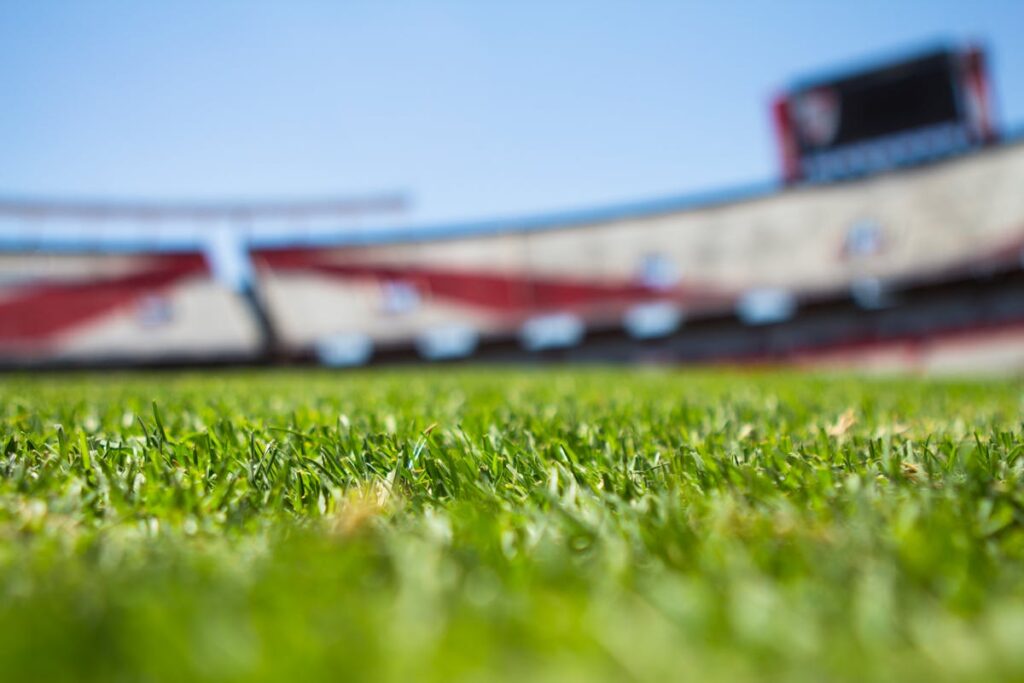Choosing and Using the Best Landscape Lighting
Your landscape can still look beautiful once the sun has set. Landscape lighting allows you to highlight your yard in the dark. With a plethora of lighting options, it can be overwhelming to know where to start and what is best for your space. We reached out to some lighting enthusiasts to see what tips they have for lighting up a landscape. Keep reading to see what they had to say.
Highlight Your Home
Although you may think that it’s wise to start by lighting the patio and pathways, you should begin with lighting your house as it’s the most important part of the landscape and the most expensive piece of property on your land. Place the lighting to illuminate the walls and important architectural features.
Play with angles. Try to be creative when it comes to placing the lights to make the space voluminous. As for the rest of the landscape, which includes the garden, patio, pathways, water features, and everything else, you need to focus on highlighting the most important spots and yet not forget about the small and out-of-sight spaces as they can be meaningful too.
What is the best landscape lighting to use? The short answer is LED. Modern LEDs are not just those annoying blue bulbs, but a variety of lamps of different tones and sizes that allow you to create layered sceneries of any complexity. Use 40 to 75 watt lamps as they are perfect for most outdoor fixtures.
Joe Raboine
Joe Raboine is an outdoor living expert and Director of Residential Hardscapes with Belgard.
Lighting is Evolving With Us
Outdoor spaces are no longer just for entertaining guests and having dinner parties. We are using them to work, relax, cook, and carry out everyday activities. We see more homeowners looking to expand their outdoor living spaces and make them truly functional, which includes the incorporation of lighting elements.
Lighting is a crucial feature to ensure the space is usable at any time of the day or night. We’re seeing more lighting included in spaces overall, from landscape lighting to hardscape lighting, as well as other accent features.
There are now so many different options available on the market. Outside of the traditional landscape lighting found along walkways and patios, we’re seeing more integration of lighting within hardscapes, pools, and water features that illuminate a space and give it a modern, natural look and feel. Color-changing LED lighting is becoming an increasingly popular choice, as it allows homeowners to customize their lighting based on the occasion or setting.
Tips to Consider and Lighting Recommendations
There are a few things to consider when lighting up your landscape. Here are four of them.
- Shadowing. Place lighting at a low level and directly face it toward a wall or shrubs.
- Washing. Use an indirect angle for the lighting and place it a few feet away towards a wall or shrubs.
- Highlighting. Place the light at the base of an outdoor feature so that it stands out.
- Silhouetting. Place the lighting behind a feature to black it out.
Here are four of the best landscape lights to use.
- Flexible Lighting. This type of durable lighting is low voltage. The simple design and swivel heads mean that they can be placed almost anywhere.
- Adjustable Security Lighting. Often water-resistant, this outdoor lighting also has swivel heads that can be pointed in any direction to illuminate a feature.
- Solar Lighting. This lighting often comes in several colors and is wireless. These lights can be placed anywhere, particularly to light up paths.
- Energy-Efficient LED. This is the most cost-effective choice and is often wireless, which allows for versatile placement.
Lighting Creates Interest
Just like interior lighting, when lighting our garden and patio, we want to look at creating layers and setting the mood or experience. We need to have functional light for safety, as well as accent lighting to highlight areas and showcase features.
Lighting walkways allows for safe movement around the space, drawing visitors along the path. Accents can showcase important feature areas and create interest. Much like artwork inside the home, these accents create interest, add texture, and create an experience to enjoy at night.
Top Tips to Light Up your Landscape
The first question you may ask yourself is LED or traditional bulbs? You should probably always opt for LED bulbs as they won’t burn out and they are brighter. Next, how big of a wire are you going to be running to the lights? If you opt for the cheaper, smaller gauge wire, then the lights that are furthest away from the transformer will be dim. It is important also to know how deep to bury landscape lighting wires.
Always oversize your transformer wattage by 20 to 30 percent. This will ensure that the transformer will last longer. If you want to add lights later it gives you that opportunity. Opt for a photocell that will turn the lights on and off automatically with dawn and dusk, as the manual timers can be a pain to adjust for daylight savings and such.
Remember, you do get what you pay for with lighting fixtures. The cheap big box stores sell low-quality fixtures. Opt for the commercial-grade quality fixtures that you can get from professional landscape supply houses.
This is a crowdsourced article. Contributors are not necessarily affiliated with this website and their statements do not necessarily reflect the opinion of this website, other people, businesses, or other contributors.













